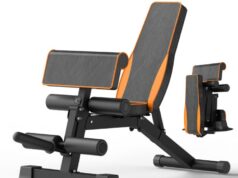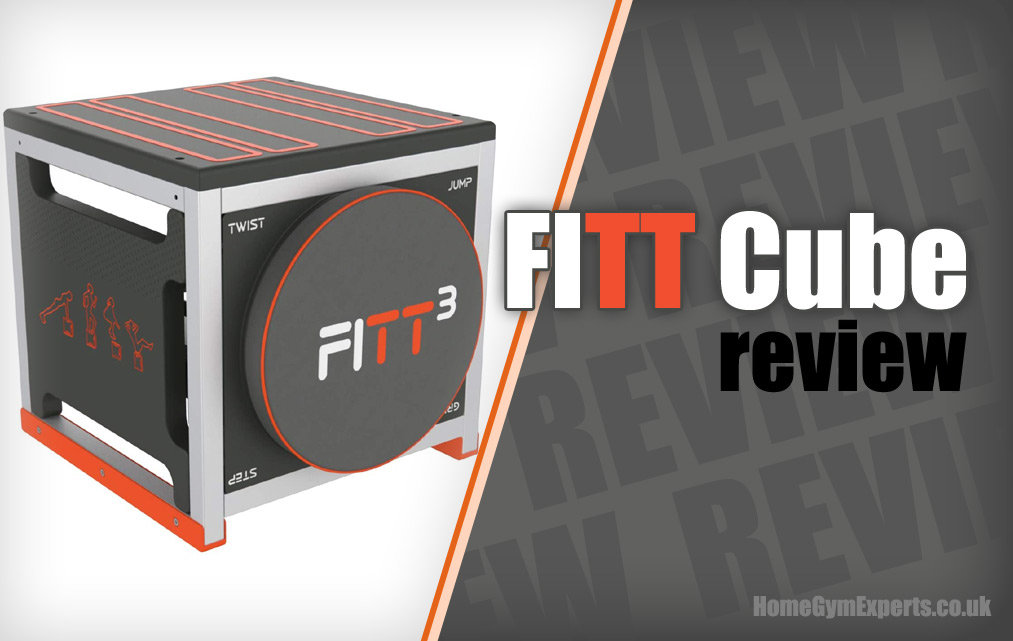
Why you should start using Indian Clubbells for health and fitness
Can this ancient fitness equipment really can make you stronger?
There’s an old truism. If you show a group of men something big and heavy, it’s only so long before one of them tries to lift it above his head.
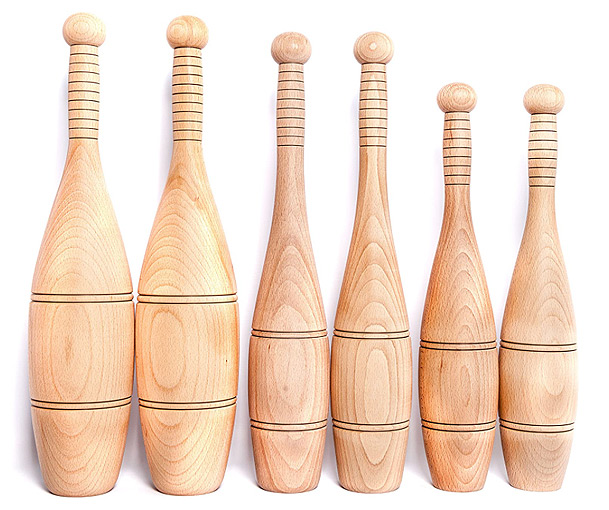
Across the world, people have trained themselves and their bodies using anything and everything available, from simply lifting the biggest stones they could carry, up to today’s hyper-advanced space-age gyms which measure everything you need and most things you don’t.
But sometimes the oldest ways are still the best. This is why there’s a fitness method that involves swinging a club around your head like a caveman discovering fire for the first time.
Indian fitness clubs: What do they actually do?
If you’ve ever seen pictures of old-time strongmen prancing around in their underwear, or pay attention to the fringes of the fitness culture, you might have come across people swinging around large wooden clubs, usually in pairs.
They generally look like oversize versions of the skittles you’d see at the bowling alley, Indian clubs, or ‘clubbells’ originated in India (who could have guessed) and were originally used to keep their soldiers in fighting fit shape, without needing barbells or other weight sets that use a lot of metal and take up a lot of space.
A brief history of the Indian Club
The use of Indian clubs quickly caught on back in England, especially amongst strongmen and other Victorian proponents of ‘physical culture,’ because at first glance Indian clubs seem simple and easy to use, they need barely need any materials to make and they’re surprisingly effective at building muscle and keeping you fit and healthy.
The original Indian clubs were enormous things, with weights of up to 100lbs (per single-handed club!) reported. Even so, it was more usual to find clubs in the double figures, around 30 to 50lbs.
In the modern-day, you’re likely to find Indian clubs at a much more reasonable weight. Standard sets hover around 4lbs, with weights hitting 10 to 20lbs at the higher end.
Are Indian clubs effective?
Strangely enough, an Indian club workout is deceptively similar to the other fitness method that requires you to swing heavy objects around your head in wild patterns.
And just like kettlebells, Indian clubbells, used correctly, can be an effective full body workout that can hit almost every muscle group, effectively build muscle mass and increase functional strength and cardiovascular fitness.
In short, yes, Indian clubs are a great way to work out, as long as you use the correct weight and work out correctly. Some of the benefits include:
Improving hand strength and function
Our hands are designed to pick up heavy stuff, hold a wide variety of items and help us move through our environment by pulling, climbing and hanging.
But most people don’t hold anything bigger than a pen or smartphone in their day to day lives. This has led to a massive increase in carpal tunnel and other hand and joint issues.
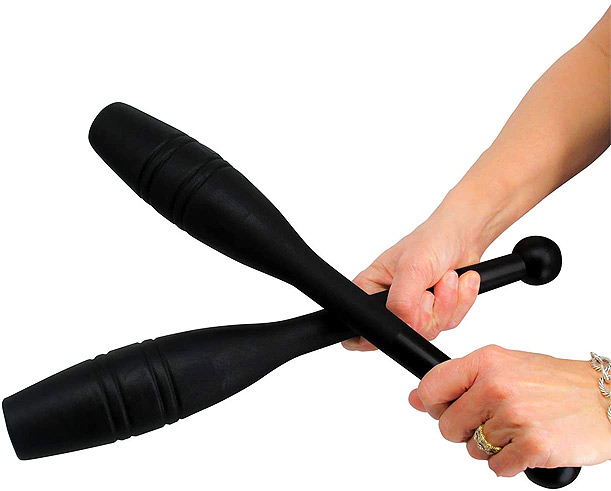
When working out with Indian club bells, your hands are doing what they’re designed to do and regular use will increase grip strength and help with hand health.
One of the best workouts for grip strength and traction
When you hold onto a reasonable weight, it pulls down on your arms, extending your joints and stretching out the connective tissues.
Doing this regularly can help with things like circulation, synovial fluid (joint lube) and helping to strengthen connective tissues.
Plus, the action of swinging around a club helps to build up grip strength, which can be a huge help in other exercises, as well as day to day life.
Joint mobility
In the same way that most people barely use their hands for anything more than typing, most people don’t regularly move their arms through a full range of motion.
But rotating your joints through a full range of motion has massive benefits. Think of any fitness class, martial arts school, or stretching routine. You’re running your body through movements that you don’t regularly do.
Using this type of clubs can be a relaxed and gentle way to work the top side of your body, flexing your joints and building mobility and strength.
How to choose the perfect set of Indian clubs
Despite seeming so simple, a quick search for Indian clubs will throw up a deceptive amount of products. How do you know which one is best for you? In this section, we’ll cover all the things you need to look out for when picking your Indian Clubs
What weight of club should you start with?
Clubs will almost always be sold in pairs of the same weight.
Look for clubs that weigh around 1lb if you’re going to be using them to warm up with.
If you’re looking for a solid workout, heavier clubs, around 2-5lbs, are a good starting point.
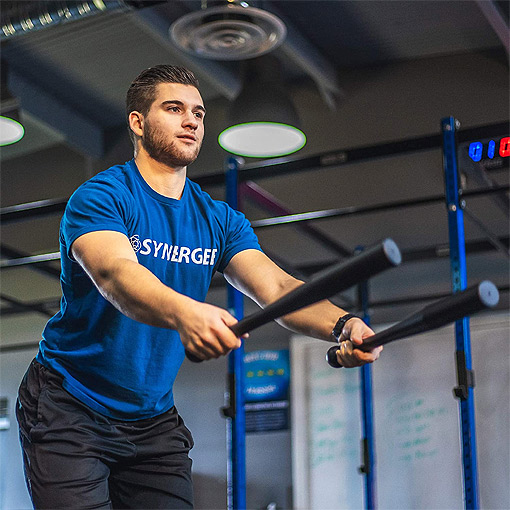
Which Shape and length?
Indian clubs can come in a diverse range of shapes, from short and squat jug style clubs, to long clubs with a thin shaft and a bulbous weight. Most clubs should be balanced around their shape, so pick something that you like the look of here.
Length, on the other hand, is extremely important. Clubs that are too short will have a strange weight distribution that can be hard to swing effectively. Clubs that are too long can hit each other, you, or things around you.
The traditional length for Indian clubs is around the length from your armpit to your wrist.
Hang on, which material is the best?
Indian clubs generally come in three types of material:
- Wood clubs
- Plastic clubs
- Steel Indian Clubs
Each has its own advantages and disadvantages and each should be used for different things.
Plastic is cheap and cheerful. Plastic clubs are widely available, but won’t last long, are generally less comfortable to hold and as a personal preference, are the least attractive of each type.
Wooden clubs are the most traditional in terms of looks, come in wide range of weights and tend to also look nice and rustic. Wood also has a nice, natural feel in the hand and you’re less likely to sweat with wood than with other options.
Steel clubs are a relatively new addition and unless used for specific purposes, should probably be avoided. This is because steel clubs tend to have odd weight distribution, focused around the end of the club and a heavier profile that’s designed for two-handed swinging.
Related strength training guides
- Best adjustable weight kettlebells for 2025
- Can You Use Dumbbells Instead Of Kettlebells?
- Are Kettlebells Dangerous?
- Isogym Adjustable Kettlebell Review
- Indian Fitness Clubs
Our Top Recommendations: The best Indian Clubs for Sale in 2025
Ultimate Body Press Indian Clubs
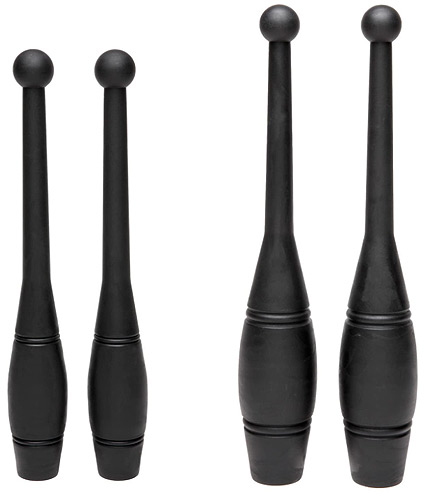
Made from injection moulded plastic, these clubs by Body Press give you options, especially if you buy the double paired sets, which comes with both 1lb and 2lb sets of clubs.
Well made, solid and durable, they stand up well to abuse and are by far the most affordable option if you’re looking to buy a set of clubs to get yourself started.
Check Current Amazon UK PriceStableford’s Wooden Indian Clubs
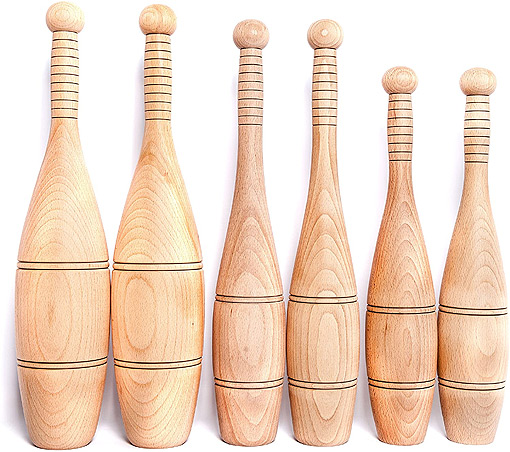
A more traditional choice, these clubs by Stableford’s are made from French beech and hand-turned from the company workshops in Yorkshire.
The clubs are 2lb in weight and 18 inches long, which makes them the perfect club for general use by most people, no matter their level of fitness.
Check Current Amazon UK PriceGorilla Sports Indian Clubbell
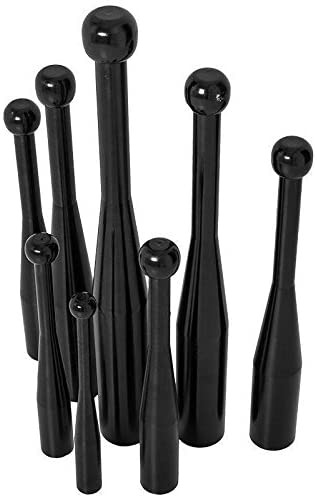
Gorilla Sports clubs are in no-nonsense cast iron and measure up to 65cm. The relatively short length makes them easy to use for beginners or more advanced ‘swingers’.
Available in a range of weights, from lightweight 2kg pairs all the way up to a beastly 20kg. While this might sound light compared to dumbbells, it’s worth bearing in mind that these weights will feel like it increases as you swing them.
Tough enough to be used for striking drills, easy enough to swing that you can use it for mobility, the Gorilla Sports club is an awesome blend of tradition and tech.
They’re very smooth, however, so be warned that as your hands get sweaty you’ll need to take care. This is mitigated by the huge round end which prevents them from slipping out even during intense workouts.
Check Current Amazon UK PriceSafety before you start
Before you start any exercises with Indian clubs, it’s important to do a space check. It’s very easy to overreach and end up catching something with the end of one of your clubs in the middle of an exercise routine.
Point both of your clubs in every direction possible. In front, to both sides, behind you at full extension and most importantly above your head.
Do this every time you set up to exercise, even if you’re working in a space you’ve used before. It’s incredibly simple to step a half-meter to one side without realising it.
It’s also worth pointing out that, like all fitness equipment, Indian clubs should be put away safely when not in use, but it’s especially important with Indian clubs as, to kids and animals, they can resemble toys.
References & Further Reading
- Core.ax.uk – PDF – Short Term Indian Club Swinging Improves Shoulder Flexibility
- Elizabeth Fee and Theodore M. BrownNouriushing Moves – How to use Indian Clubs
- IndianClubs.au – Indian Club Tutorials
- ResearchGate – Effect of an 8-week Indian clubbell strengthening programme
- The International Journal of the History of Sport – What’s Wrong with a Little Swinging? Indian Clubs as a Tool of Suppression and Rebellion in Post-Rebellion India


